Lactobacillus rhamnosus MR2.2
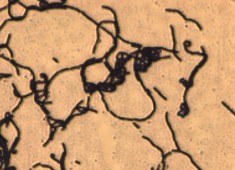
Lactobacillus rhamnosus MR2.2 is a well-characterized probiotic strain isolated from the human gut. This strain belongs to the widely recognized Lactobacillus rhamnosus species, which is classified as GRAS (Generally Recognized as Safe) by EFSA in Europe, the USA, and regulatory authorities across Asia and many other countries. Numerous scientific studies validate the strain's efficacy in supporting gut health, enhancing immune function, and contributing to overall human health, making it a reliable and versatile probiotic choice.
Lactobacillus plantarum MR1.5
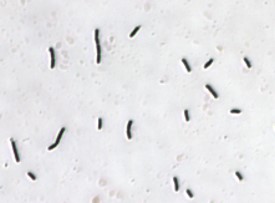
This strain is isolated from human gut.
Lactobacillus rhamnosus MR4.2
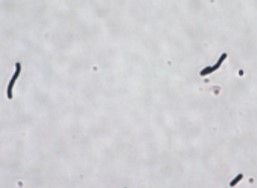
Lactobacillus rhamnosus MR2000 is a well-characterized probiotic strain isolated from the human gut. Lactobacillus rhamnosus is widely recognized as a GRAS (Generally Recognized as Safe) species by regulatory bodies, including EFSA in Europe, the USA, and several Asian and other countries, making it a trusted choice for probiotic applications. Extensive scientific research supports its benefits for gut health, immune function, and a range of other human health improvements, highlighting its versatility and efficacy in promoting overall well-being.
Lactobacillus plantarum D13-4
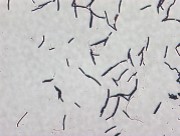
small/medium; white/cream-color; shiny; embedded; long, slender; rods/bacilli; arranged in short or long chains
Lactobacillus paracasei D10-4
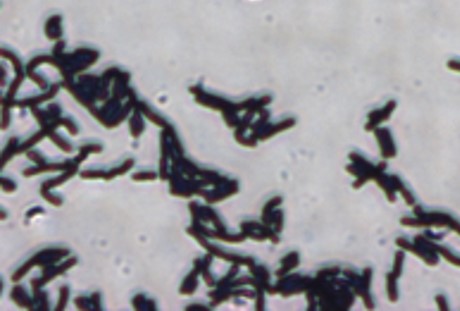
Human origin-Strain publishing and graphic design, Lorem ipsum is a placeholder text commonly used to demonstrate the visual form of a document or a typeface without relying on meaningful content. Colony appearance- small/medium; white/cream-color; shiny; embedded and Cell morphology- long, slender; rods/bacilli; arranged in short or long chains
Lactobacillus paracasei D3.5
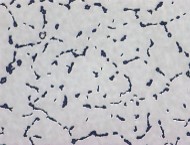
LpD3.5 has been shown to increase the production of short-chain fatty acids and beneficially modulate human and mouse gut microbiomes. Heat kills D3-5 and its cell wall Lipotechoic acid prevents obesity, diabetes, hepatic steatosis, leaky gut, inflammation, and cognitive decline in older mice.
